Monday, May 26, 2008
After visiting “deBazel”, a monumental building in the center of Amsterdam holding the new city archieves, we became intrigued by the architectonic philosophies behind the construction of this colossal building. Build around 1923 it was soon called “the Temple” a common reference to its general shape. In actual fact that name was not so far from the original theosophical philosophy architect de Bazel used for the total design concept of this building. He saw not just each house, but each room as a reflection of the cosmos, every part of which must be in harmony with every other.“ (K.P.C. de Bazel – designer to the elite, written by Yvonne Brentjens). This reflects in the buildings structure aswell as the interior and artifact he designed for it. De Bazel

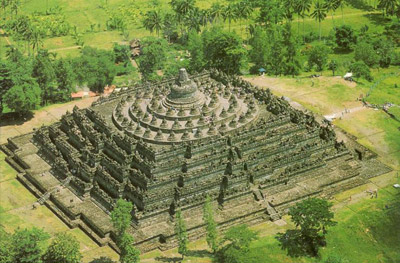
Enjoying a tour through the building, we started to become fascinated by the way this concept was connected to the original use as a bank office and the details in which the theosophic ideal –that everything grows from within (wall colors become lighter as they are farther from the center)– reflects the rigid bank’s hiearchy.
How does this reflects on our own living surroundings. What object represents a “centre” in our own house, who designed it and how do we reflect upon it. 21 students of the foundation Year’s F group try to answer these questions through the small postings you can read below:
more in ...... (posting 214)
Tuesday, April 8, 2008
When you drive through the Vijzelstraat, you might have glanced in amazement at the huge block-size buiding that you pass between Keizers- and Herengracht. This building is called “De Bazel” named after the architekt K.P.C. de Bazel. It was built between 1919 and 1926 and served as headquarters of the Dutch Trading Company. Since a year it houses the new City Archive (Gemeente Archief). If you go inside you can walk through this amazing building and enjoy the detailed interior design and visit exhibits organized in the huge bank vault in the basement. more …. (posting 299)
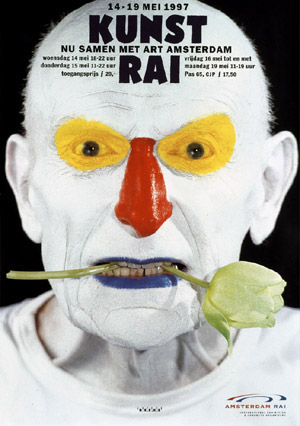 [poster by Anton Beeke
[poster by Anton Beeke
as a hommage to Premsela in the year of his death]
At this moment –until April 26th– The Gemeente Archive presents an exhibit on one of the prominent dutch designers of the 2nd half of the 20th century. Benno Premsela [1920-1997]. He was active in interiour-, and exhibition design as well as the design of shopwindows (Bijenkorf) and several interiour products. He also designed stages for the Dutch Ballet. As designer, advisor and organiser he manifrested himself in the foreground aswell as the background of the design community. Premsela was not someone to hide his private- from his professional life, which was most prominent in his manifest role in the homo emancipation movement.
The Premsela Institute is –in good dutch tradition– named after him. This institute promotes design national as wel as international. Platform 21 is is closely connected to this Institute
Monday, April 7, 2008
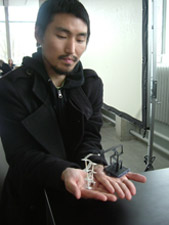
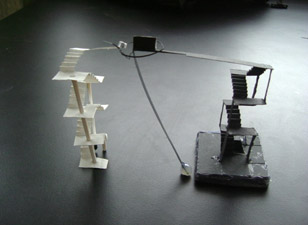
Our Design Program consists of 7 different classes. All focusing on an aspect of the design spectrum. In one of these 4-week classes Carla Boomkens creates a laboratory in which the students get access to the visual language of shapes in large format/scale, through small-scale researches on the essentials of spaces and what they can express: spatial-/architectonic design. (links to: Allan Wexler, Eero Saarinen, Zaha Hadid, Paul Gehry, Rudi Riciotti
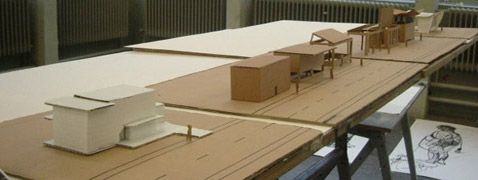
All projects have a start at the buildings of Gerrit Rietveld (1888 – 1964), the architect of the main-building of this academy. Sometimes the academy-building itself is taken as a research-location, in other cases a building is selected by the student out of his whole body of built works. In doing so, the student studies and gets acquainted with his approach to spaces and his choices to making them fit for particular needs and functions, in relation to it’s environment. (links to: Luis Barragán, Peter Callesen,
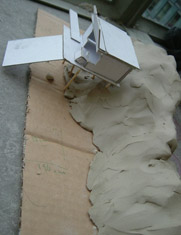

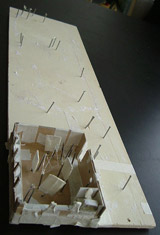
Departing from ‘the lessons we can learn from Gerrit’, which the student can easily use as a hand-grip in learning technique and working method, the student can freely develop her/his own expression of sculptural quality, choreography and a personal research for exciting spaces. As you can see, we work in scale-models. The student is asked to develop an authentic visual language in this field as well. (links to bookshops Architectura & Natura [dangerous grounds] or publisher Lars Muller

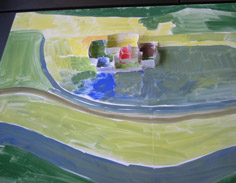
The assignments may appear similar to each group/project, but they never deal with the same subject – this guarantees a fresh start for each session with a new group. (link to: Gerrit Rietveld, Barbara Visser [Maison Grégoire or Transformation House])
posting prepared by Carla Boomkens
Sunday, December 2, 2007

Thomas Ruff at Haus Esters Haus lange
The Design Trip to Germany took us to Insel Hombroich in Neuss Germany. On the way we stopped at the Museums Haus Esters and Haus Lange, Mies van der Rohe’s first building experiments (1929) with -non supportive- brick housing. The buildings were clearly designed to look from inside out as we experienced while exploring the art and photography filled interiors. Especially the bathroom on the second floor gave us a sweet glimps in the past.
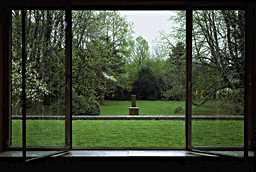
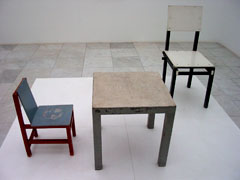
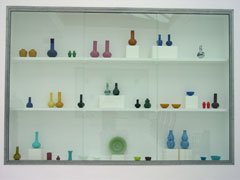

Top left > 1 Haus Esters • 2 Rietveld at Insel Hombroich • 3 Mies van de Rohe, Haus Esters Haus Lange • 4 Venician glass craft >< art in insel Hombroich
During a beautifull autumn day, we entered the magical Erwin Heerich‘s Pavilions followed by red and yellow leaves . Nowhere can daylight be experienced like this, looking at the art and craft as it realy is and was meant to be. The unique melting of architecture, art and craft can be enjoyed only at a few other places like..
Calder, Yves Klein, Buddha, China or Schwitters and Bart vd Leck, the sheer power of it made us enjoy this humbling moment.
Sunday, November 11, 2007
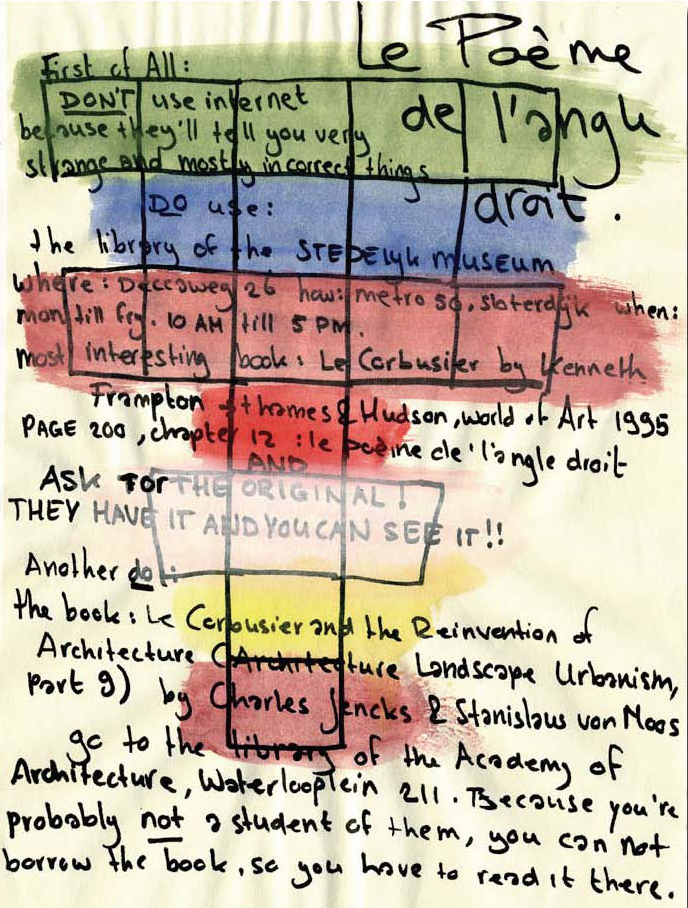
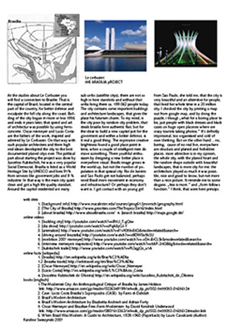
Based on the general theme “Le Corbusier and Other Stories” we investigated a variety of subjects related to the content presented at this summers Corbusier Art and Architecture exhibit at NAi, Rotterdam. Research material was edited down to A4 sized guided tours/portals into these subject matters. All subjects presented in this list were available as hard copy prints at the Research Folder Archive at the library of the academy from November 2007 until January 2013 at which date we decided to have them only available as part of the online Designblog archive:
Primitivism, Le Poème de l’Angle Droit, Corbusier’s Christmas Gift, La Chapel de Notre Dame, Amedee Ozenfant, Corbusier in Istanbul, Varese’s Poème Electronique, The Candigarth Project, Modular, Language of Organic Form, Corbusier and Politics, The Bric, Ferdinand Léger, The Brasilia Project, Sandberg’s Experimenta Typografica 11, Koolhaas/Lagos, Nature Design Zurich, Constant’s New Babylon, Rietveld’s Academies, The Chaisse Longue
By admin
/ Categories: architecture, art, graphic design, product design, sound Tags: Amedee Ozenfant, Brasilia, chairs, Chandigarh, Constant, electric music, Gerrit Rietveld, Lagos, Le Corbusier, Modular, Nature Design, New Babylon, organic form, poetry, Primitivism, Rem Koolhaas, urban planning, utopia, Varese
No Comments
Saturday, November 10, 2007
Design Researches available for everybody.
 Hard copy prints of all researches from 2005 – 2009 are on file in the Library folders Vol#1-12. You can study them anytime during opening hours [Openingstijden: maandag t/m vrijdag van 11.00 tot 17.00 uur]. For example you could check out this beautiful research on Amedee Ozenfant in the context of “Le Corbusier Art and Architecture”. for more see X
Hard copy prints of all researches from 2005 – 2009 are on file in the Library folders Vol#1-12. You can study them anytime during opening hours [Openingstijden: maandag t/m vrijdag van 11.00 tot 17.00 uur]. For example you could check out this beautiful research on Amedee Ozenfant in the context of “Le Corbusier Art and Architecture”. for more see X
Fransje Killaars Soft copies are available on line as jpeg’s or pdfs. You can download these pdfs and enjoy the content and its hyperlinked guided tour. Here is an example of such a tour into the work of “Fransje Killaars”. see for more X

Thursday, November 1, 2007
On September 1, before the program of the Foundation year even started, G-group visited the exhibition “Le Corbusier Art and Architecture” on it’s last
exhibition day. 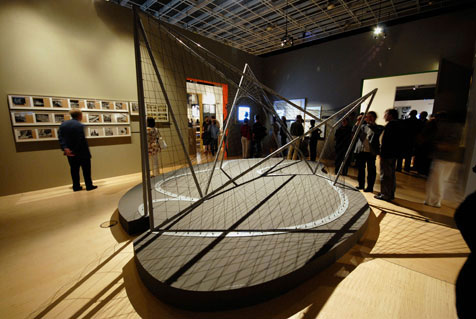
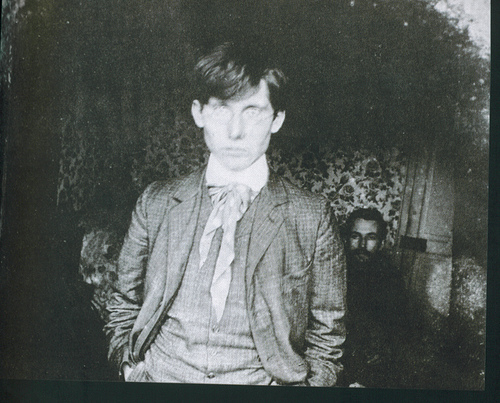
right > Corbusier in Istambul 1911
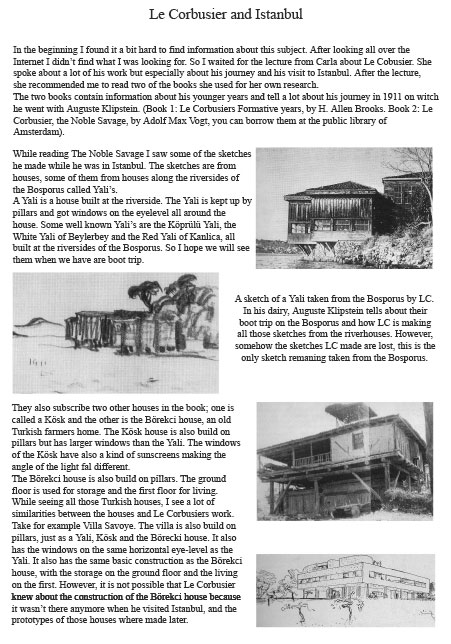
It was the beginning of a journey with Corbusier which showed us that art, design and nature are permanently interconnected. The Lecture on Le Corbusier’s sources of inspiration and his journey to the balkan and Istanbul (by Carla Boomkens) prepared us for the yearly FoundationYear’s International trip to the “Bienalle of Istanbul”.
We found out that the richness of Corbusier’s oeuvre, connected us to many classic and contemporary subjects from Primitivism and the “Foundations of Modern Art” to the “Nature Design “in Zürich fall 2007





















